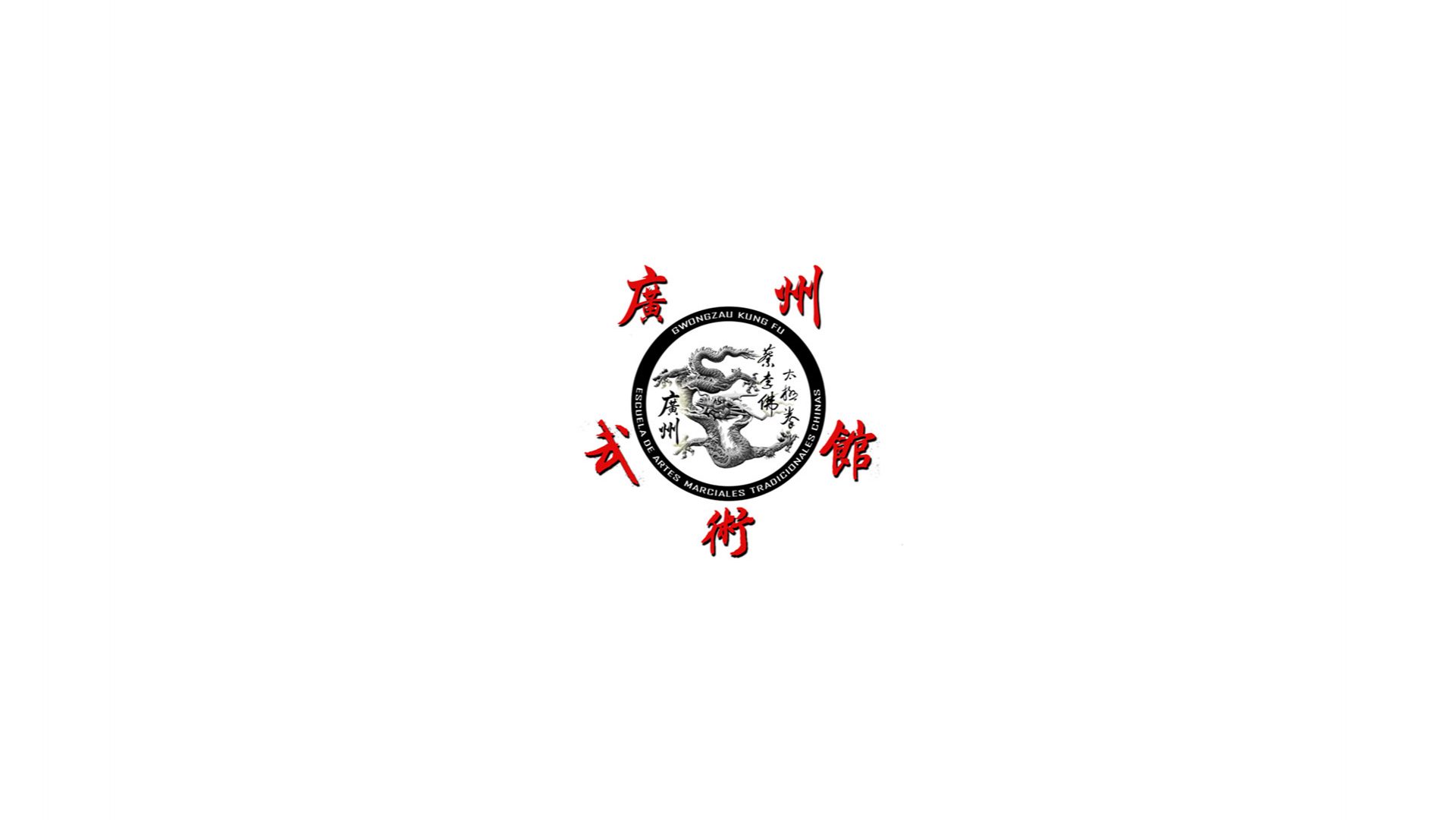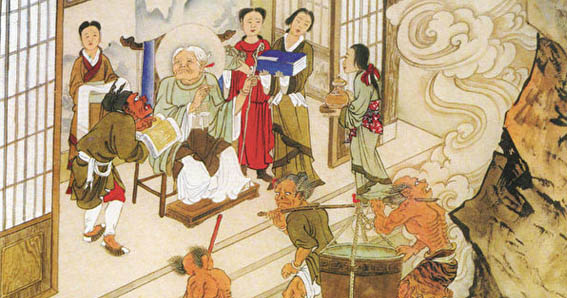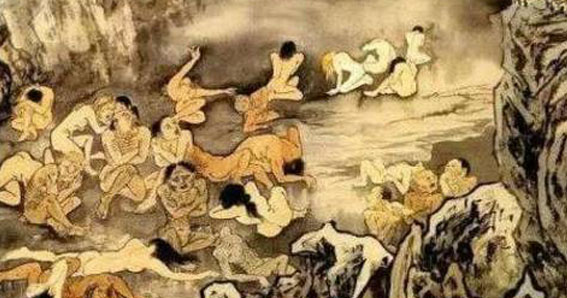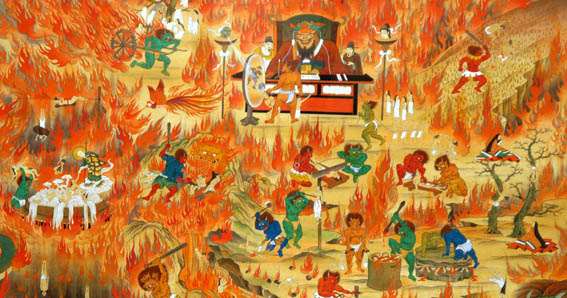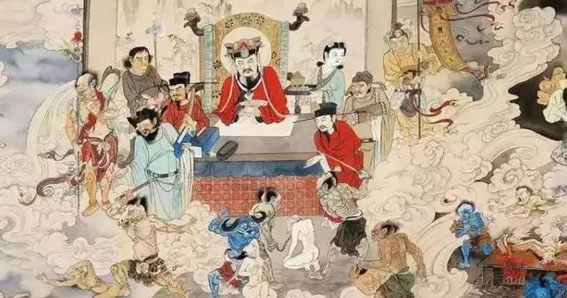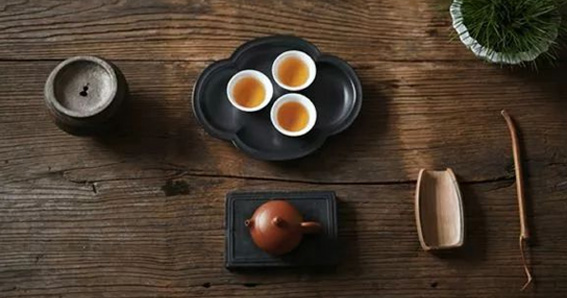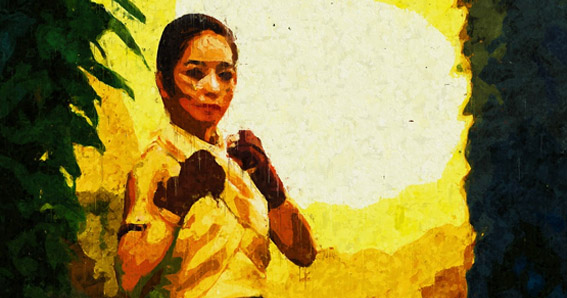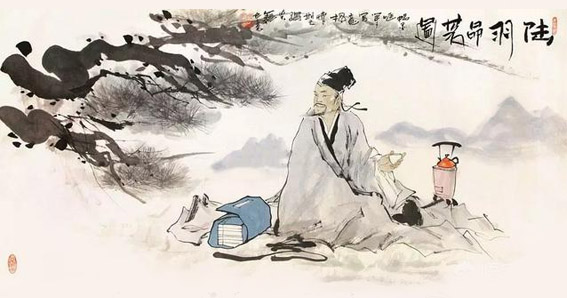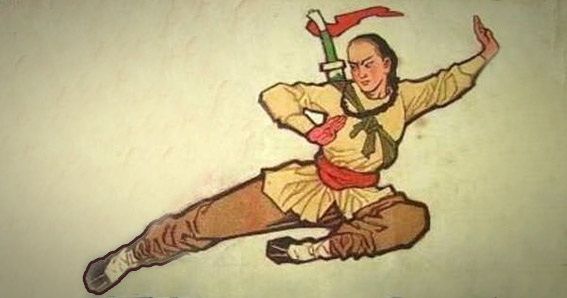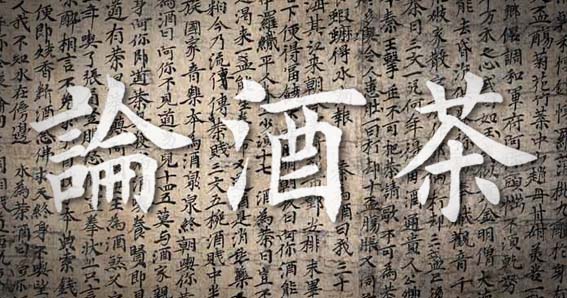The Afterlife in Chinese Culture (IV): The River of Oblivion and Reincarnation
After the tenth trial in the last of the courts of the underworld, the soul is free, ready to be reincarnated in one of the six realms of existence (liùdào 六道). But to do this it must cross the so-called River of Oblivion (忘川 Wàng Chuān)…
Read more...